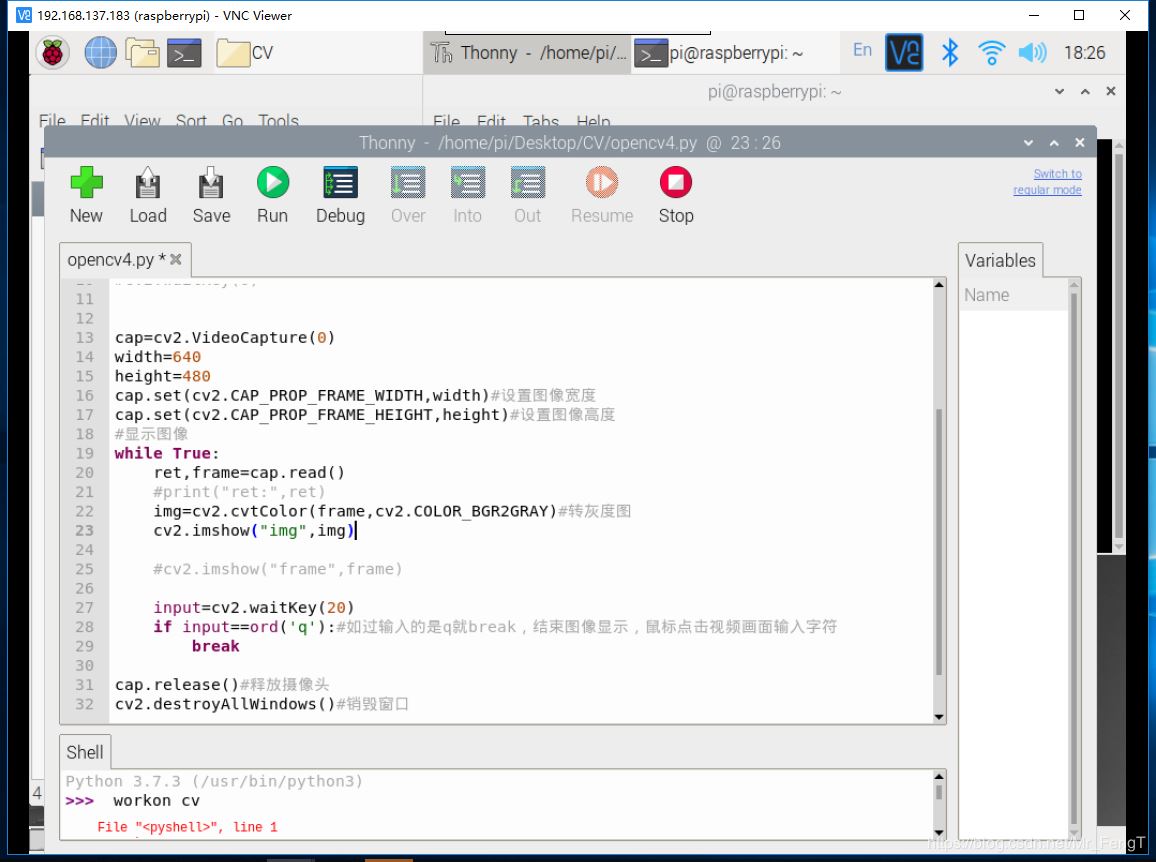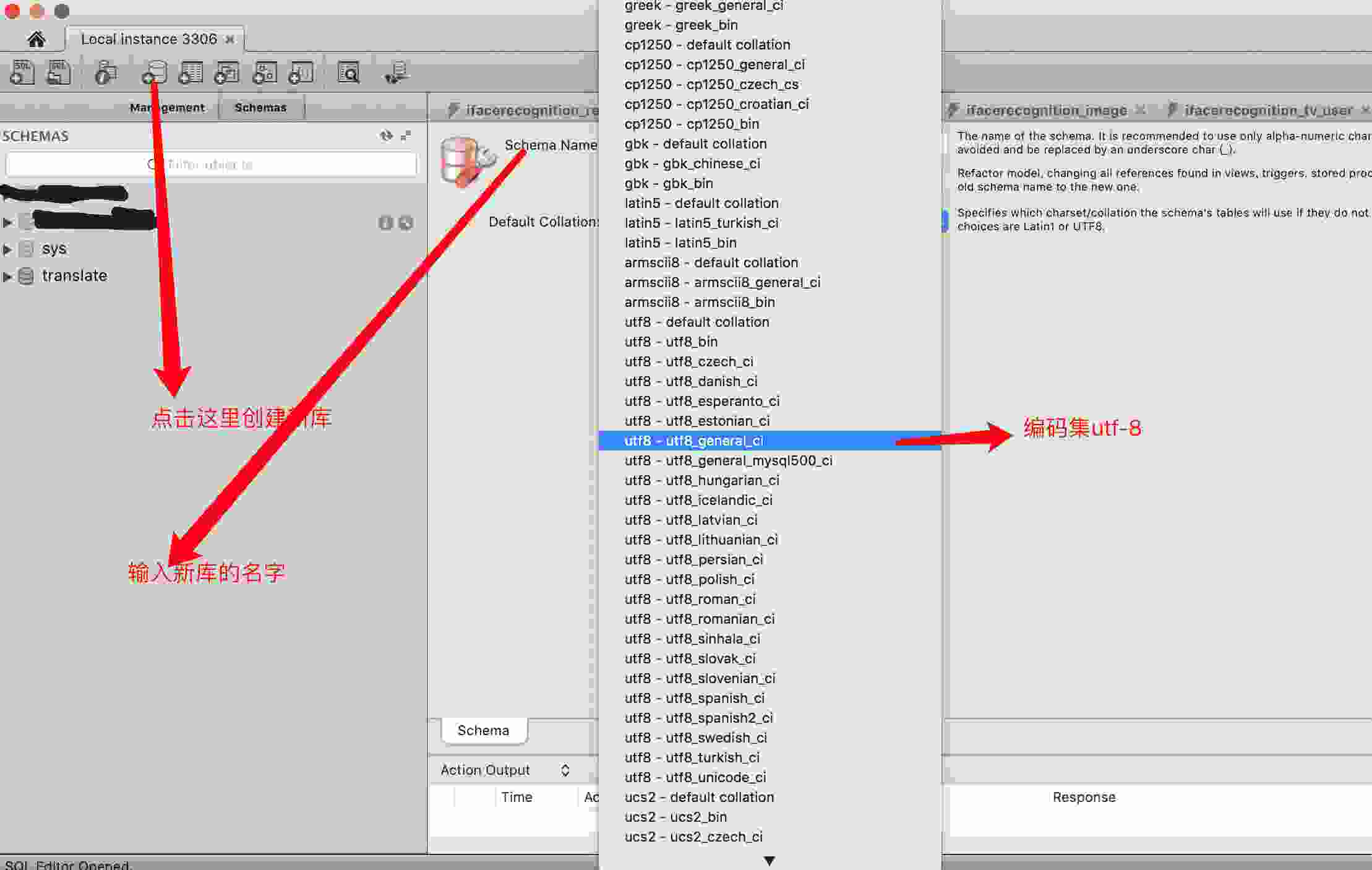Python进阶:生成器 懒人版本的迭代器详解
从容器、可迭代对象谈起
所有的容器都是可迭代的(iterable),迭代器提供了一个next方法。iter()返回一个迭代器,通过next()函数可以实现遍历。
def is_iterable(param):
try:
iter(param)
return True
except TypeError:
return False
params = [
1234,
'1234',
[1, 2, 3, 4],
set([1, 2, 3, 4]),
{1:1, 2:2, 3:3, 4:4},
(1, 2, 3, 4)
]
for param in params:
print('{} is iterable? {}'.format(param, is_iterable(param)))
########## 输出 ##########
# 1234 is iterable? False
# 1234 is iterable? True
# [1, 2, 3, 4] is iterable? True
# {1, 2, 3, 4} is iterable? True
# {1: 1, 2: 2, 3: 3, 4: 4} is iterable? True
# (1, 2, 3, 4) is iterable? True
除了数字外,其他数据结构都是可迭代的。
生成器是什么
生成器是懒人版本的迭代器。例:
import os
import psutil
#显示当前 python 程序占用的内存大小
def show_memory_info(hint):
pid = os.getpid()
p = psutil.Process(pid)
info = p.memory_full_info()
memory = info.uss / 1024. / 1024
print('{} memory used: {} MB'.format(hint, memory))
def test_iterator():
show_memory_info('initing iterator')
list_1 = [i for i in range(100000000)]
show_memory_info('after iterator initiated')
print(sum(list_1))
show_memory_info('after sum called')
def test_generator():
show_memory_info('initing generator')
list_2 = (i for i in range(100000000))
show_memory_info('after generator initiated')
print(sum(list_2))
show_memory_info('after sum called')
test_iterator()
test_generator()
%time test_iterator()
%time test_generator()
######### 输出 ##########
initing iterator memory used: 48.9765625 MB
after iterator initiated memory used: 3920.30078125 MB
4999999950000000
after sum called memory used: 3920.3046875 MB
Wall time: 17 s
initing generator memory used: 50.359375 MB
after generator initiated memory used: 50.359375 MB
4999999950000000
after sum called memory used: 50.109375 MB
Wall time: 12.5 s
[i for i in range(100000000)] 声明了一个迭代器,每个元素在生成后都会保存到内存中,占用了巨量的内存。(i for i in range(100000000)) 初始化了一个生成器,可以看到,生成器并不会像迭代器一样占用大量的内存,相比于 test_iterator(),test_generator()函数节省了一次生成一亿个元素的过程。在调用next()的时候,才会生成下一个变量.
生成器能玩啥花样
数学中有一个恒等式,(1 + 2 + 3 + ... + n)^2 = 1^3 + 2^3 + 3^3 + ... + n^3,用以下代码表达
def generator(k):
i = 1
while True:
yield i ** k
i += 1
gen_1 = generator(1)
gen_3 = generator(3)
print(gen_1)
print(gen_3)
def get_sum(n):
sum_1, sum_3 = 0, 0
for i in range(n):
next_1 = next(gen_1)
next_3 = next(gen_3)
print('next_1 = {}, next_3 = {}'.format(next_1, next_3))
sum_1 += next_1
sum_3 += next_3
print(sum_1 * sum_1, sum_3)
get_sum(8)
########## 输出 ##########
# <generator object generator at 0x000001E70651C4F8>
# <generator object generator at 0x000001E70651C390>
# next_1 = 1, next_3 = 1
# next_1 = 2, next_3 = 8
# next_1 = 3, next_3 = 27
# next_1 = 4, next_3 = 64
# next_1 = 5, next_3 = 125
# next_1 = 6, next_3 = 216
# next_1 = 7, next_3 = 343
# next_1 = 8, next_3 = 512
# 1296 1296
generator()这个函数,它返回了一个生成器,当运行到yield i ** k时,暂停并把i ** k作为next()的返回值。每次调用next(gen)时,暂停的程序会启动并往下执行,而且i的值也会被记住,继续累加,最后next_1为8,next_3为512.
仔细查看这个示例,发现迭代器是一个有限集合,生成器则可以成为一个无限集。调用next(),生成器根据运算会自动生成新的元素,然后返回给你,非常便捷。
再来看一个问题:给定一个list和一个指定数字,求这个数字在list中的位置:
#常规写法 def index_normal(L, target): result = [] for i, num in enumerate(L): if num == target: result.append(i) return result print(index_normal([1, 6, 2, 4, 5, 2, 8, 6, 3, 2], 2)) ########## 输出 ########## [2, 5, 9] #生成器写法 def index_generator(L, target): for i, num in enumerate(L): if num == target: yield i print(list(index_generator([1, 6, 2, 4, 5, 2, 8, 6, 3, 2], 2))) ######### 输出 ########## [2, 5, 9]
再看一例子:
查找子序列:给定两个字符串a,b,查找字符串a是否字符串b的子序列,所谓子序列,即一个序列包含在另一个序列中并且顺序一
算法:分别用两个指针指向两个字符串的头,然后往后移动找出相同的值,如果其中一个指针走完了整个字符串也没有相同的值,则不是子序列
def is_subsequence(a, b): b = iter(b) return all(i in b for i in a) print(is_subsequence([1, 3, 5], [1, 2, 3, 4, 5])) print(is_subsequence([1, 4, 3], [1, 2, 3, 4, 5])) ######### 输出 ########## True False
下面代码为上面代码的演化版本
def is_subsequence(a, b): b = iter(b) print(b) gen = (i for i in a) print(gen) for i in gen: print(i) gen = ((i in b) for i in a) print(gen) for i in gen: print(i) return all(((i in b) for i in a)) print(is_subsequence([1, 3, 5], [1, 2, 3, 4, 5])) print(is_subsequence([1, 4, 3], [1, 2, 3, 4, 5])) ########## 输出 ########## # <list_iterator object at 0x000001E7063D0E80> # <generator object is_subsequence.<locals>.<genexpr> at 0x000001E70651C570> # 1 # 3 # 5 # <generator object is_subsequence.<locals>.<genexpr> at 0x000001E70651C5E8> # True # True # True # False # <list_iterator object at 0x000001E7063D0D30> # <generator object is_subsequence.<locals>.<genexpr> at 0x000001E70651C5E8> # 1 # 4 # 3 # <generator object is_subsequence.<locals>.<genexpr> at 0x000001E70651C570> # True # True # False # False
首先iter(b)把b转为迭代器。目的是内部实现next函数,(i for i in a) 会产生一个生成器 ,同样((i in b) for i in a)也是。然后(i in b)等阶于:
while True: val = next(b) if val == i: yield True
这里非常巧妙地利用生成器的特性,next()函数运行的时候,保存了当前的指针。比如下面这个示例
b = (i for i in range(5)) print(2 in b) print(4 in b) print(3 in b) ########## 输出 ########## True True False
以上就是本文的全部内容,希望对大家的学习有所帮助,也希望大家多多支持【听图阁-专注于Python设计】。


